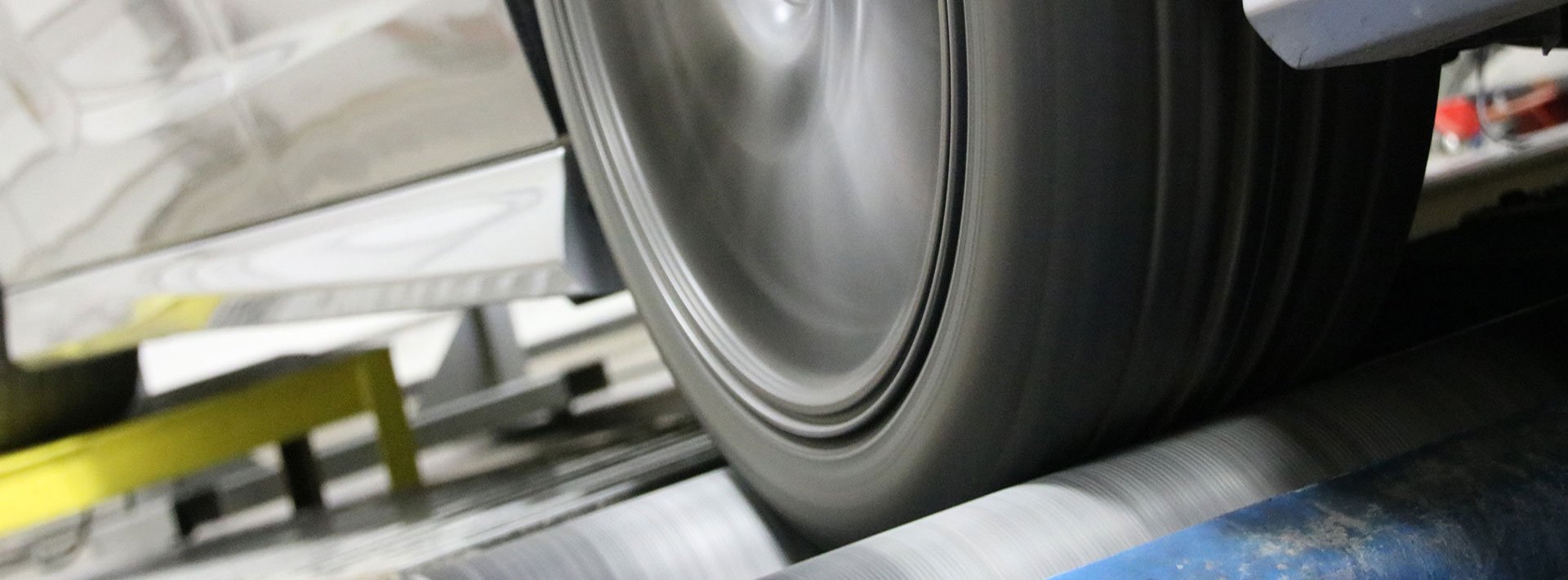SAE J328 Passenger Car Wheel Impact Test
The SAE J328 Passenger Car Wheel Impact Test is a critical procedure designed to assess the structural integrity and durability of passenger car wheels subjected to severe impact conditions. This test simulates real-world scenarios where wheels may encounter sudden, high-speed impacts during vehicular accidents or other extreme circumstances.
Developed by the Society of Automotive Engineers (SAE), this test method is widely recognized for its role in ensuring that automobile components meet safety standards set forth by regulatory bodies such as the National Highway Traffic Safety Administration (NHTSA) and the European Union's New Regulatory Worldwide Harmonized Light Vehicle Test Procedure (WLTP).
The SAE J328 specifies a standard test setup, including specific wheel dimensions, impact forces, and speeds. The procedure involves subjecting the wheel to a series of impacts under controlled conditions. Compliance with this test ensures that wheels are capable of sustaining high-energy collisions without compromising safety.
Compliance testing is essential for manufacturers aiming to meet stringent standards set by various governing bodies around the world. For instance, the European New Car Assessment Programme (NCAP) uses results from SAE J328 tests as part of its crashworthiness assessments. Similarly, in North America, compliance with this test contributes significantly towards achieving favorable ratings under the NHTSA's vehicle safety programs.
Understanding the parameters involved is crucial for testing laboratories and manufacturers alike. The wheel must be mounted on a standardized test rig capable of delivering precise impact forces at predetermined velocities. Specimen preparation typically involves ensuring that all surfaces are clean, free from contaminants, and consistent with original manufacturer specifications.
The SAE J328 defines strict acceptance criteria based on dimensional tolerances and performance metrics after each impact sequence. Compliance is determined by measuring key dimensions such as rim diameter, width, and thickness post-impact. Additionally, visual inspections are performed to assess any visible damage or deformation.
| Parameter | Description |
|---|---|
| Rim Diameter | Measured in millimeters, with allowable variations specified by SAE J328. |
| Rim Width | Ensures proper fitment on the vehicle hub, maintaining safety margins during impact events. |
| Thickness | Maintains structural integrity and load-bearing capabilities under impact stress. |
Why It Matters
The SAE J328 Passenger Car Wheel Impact Test holds significant importance in the automotive industry due to its direct correlation with passenger safety. By simulating real-world impact scenarios, this test ensures that wheels can withstand sudden, high-speed collisions without compromising structural integrity or causing hazardous fragments.
- Ensures compliance with international safety standards
- Promotes consistent quality across the industry
- Aids in product development and continuous improvement
Industry Applications
The SAE J328 Passenger Car Wheel Impact Test finds application primarily within the automotive manufacturing sector, where ensuring robust wheel performance is paramount. Compliance with this test ensures that wheels meet stringent safety criteria, thereby enhancing overall vehicle reliability and reducing potential hazards.
- Automobile manufacturers: Ensuring compliance for new models
- Aftermarket parts suppliers: Verifying replacement components
- Regulatory bodies: Assessing conformity to safety standards
Environmental and Sustainability Contributions
The SAE J328 Passenger Car Wheel Impact Test plays a vital role in promoting sustainability within the automotive industry by ensuring that wheels are designed with durability and safety in mind. By reducing the likelihood of wheel failure during accidents, this test helps minimize the environmental impact associated with vehicle recalls or accidents.
- Reduces waste generation from premature wheel failures
- Promotes longer-lasting components, thus extending product life cycles
- Supports overall vehicle efficiency and safety improvements





